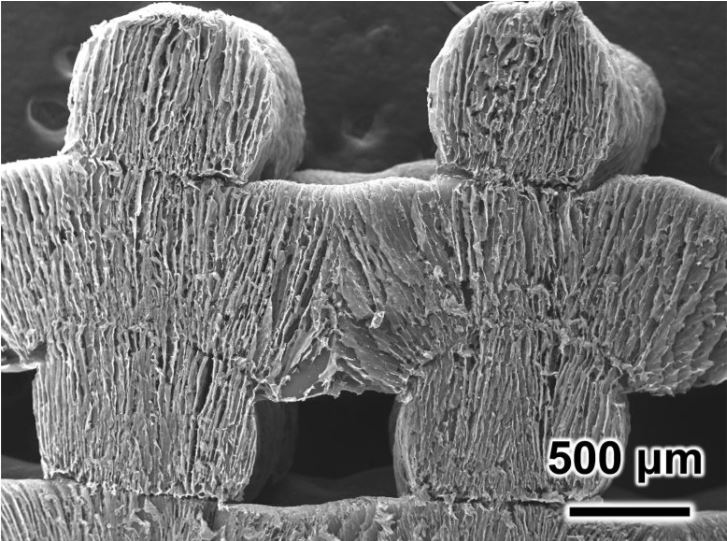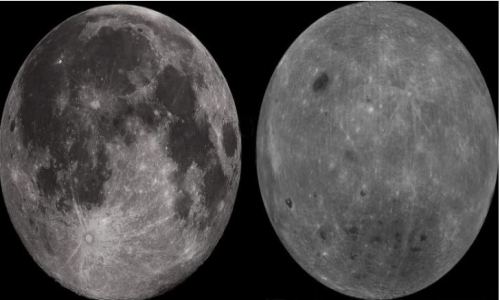


 11:25:30
11:25:30  2025-07-07
2025-07-07  617
617

A team of scientists has developed a groundbreaking sponge-like aerogel that can turn seawater into clean drinking water using only sunlight.
Unlike earlier materials, this 3D-printed structure is filled with microscopic vertical channels that enable it to efficiently evaporate water, even at larger scales. During outdoor testing, the sponge produced potable water in just hours, all without electricity or complex infrastructure.
Turning Sunlight Into Freshwater
Most of the water on Earth is found in the oceans, but it’s far too salty to drink. While desalination plants can remove salt and make seawater drinkable, they typically use a lot of energy. Now, researchers have developed a promising new material that could change that.
Reporting in ACS Energy Letters, a team of scientists created a sponge-like structure filled with long, microscopic air channels that harness sunlight to turn saltwater into fresh, clean water. In an outdoor test, this simple system—just the sponge and a clear plastic cover—successfully produced drinkable water using only natural sunlight. It’s a step toward making low-energy, sustainable desalination more accessible.
From Loofahs to Aerogels: The Evolution of Solar Sponges
Scientists have been experimenting with sun-powered materials for water purification for some time. One earlier example used a loofah-inspired hydrogel filled with special polymers. When exposed to sunlight, it heated up and released clean water vapor from polluted water. Hydrogels like this are soft and filled with liquid, but there’s another class of materials—called aerogels—that are more rigid.
These have solid pores and can move water or vapor through their structure. Aerogels have shown promise for desalination, but they often lose efficiency as they scale up in size. To solve this problem, researcher Xi Shen and colleagues set out to design a new type of aerogel that stays just as effective whether it’s small or large.
3D-Printed Sponge Aerogel With Microscopic Channels
The researchers made a paste containing carbon nanotubes and cellulose nanofibers and then 3D-printed it onto a frozen surface, allowing each layer to solidify before the next was added. This process formed a sponge-like material with evenly distributed tiny vertical holes, each around 20 micrometers wide. They tested square pieces of the material, ranging in size from 0.4 inches wide (1 centimeter) to about 3 inches wide (8 centimeters), and found that the larger pieces released water through evaporation at rates as efficient as the smaller ones.
Real-World Test: Sunlight, Saltwater, and a Simple Setup
In an outdoor test, the researchers placed the material in a cup containing seawater, and it was covered by a curved, transparent plastic cover. Sunlight heated the top of the spongy material, evaporating just the water, not the salt, into water vapor. The vapor collected on the plastic cover as liquid, moving the now clean water to the edges, where it dripped into a funnel and container below the cup. After 6 hours in natural sunlight, the system generated about 3 tablespoons of potable water.
Scalable, Sustainable, and Energy-Free Desalination
“Our aerogel allows full-capacity desalination at any size,” Shen says, “which provides a simple, scalable solution for energy-free desalination to produce clean water.”
Reality Of Islam |
|

Astronomers

Cosmologist

Scientists
 9:3:43
9:3:43
 2018-11-05
2018-11-05
10 benefits of Marriage in Islam
 7:5:22
7:5:22
 2019-04-08
2019-04-08
benefits of reciting surat yunus, hud &
 9:45:7
9:45:7
 2018-12-24
2018-12-24
advantages & disadvantages of divorce
 11:35:12
11:35:12
 2018-06-10
2018-06-10
 6:0:51
6:0:51
 2018-10-16
2018-10-16
 2:11:12
2:11:12
 2022-10-15
2022-10-15
 2:13:43
2:13:43
 2022-05-27
2022-05-27
 1:34:8
1:34:8
 2022-02-01
2022-02-01
 7:0:55
7:0:55
 2022-05-17
2022-05-17
 6:14:3
6:14:3
 2023-01-18
2023-01-18
 8:3:0
8:3:0
 2018-06-21
2018-06-21
 11:11:59
11:11:59
 2023-02-01
2023-02-01
 5:41:46
5:41:46
 2023-03-18
2023-03-18
| LATEST |